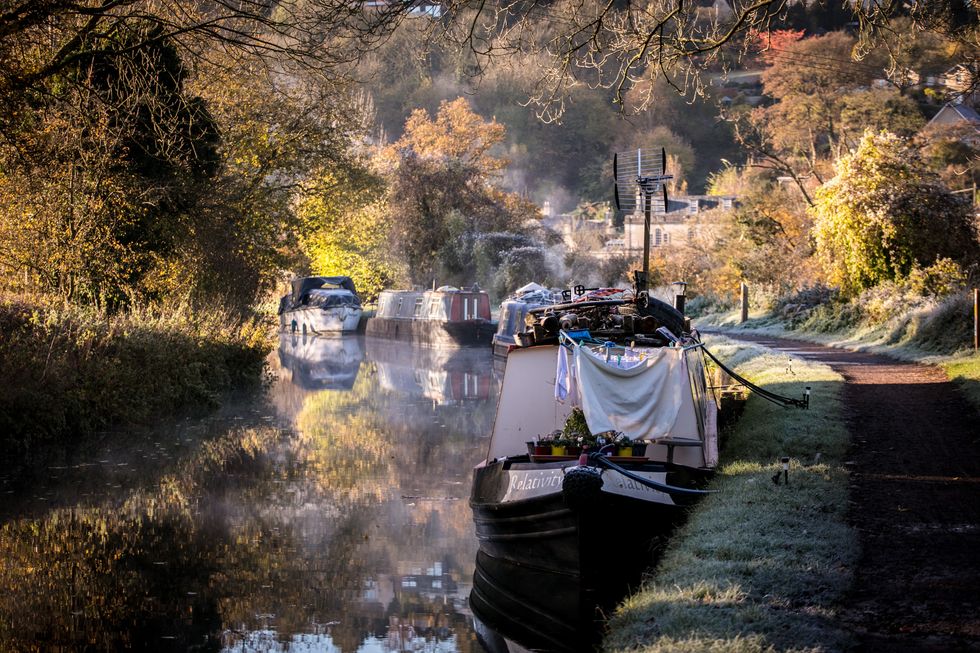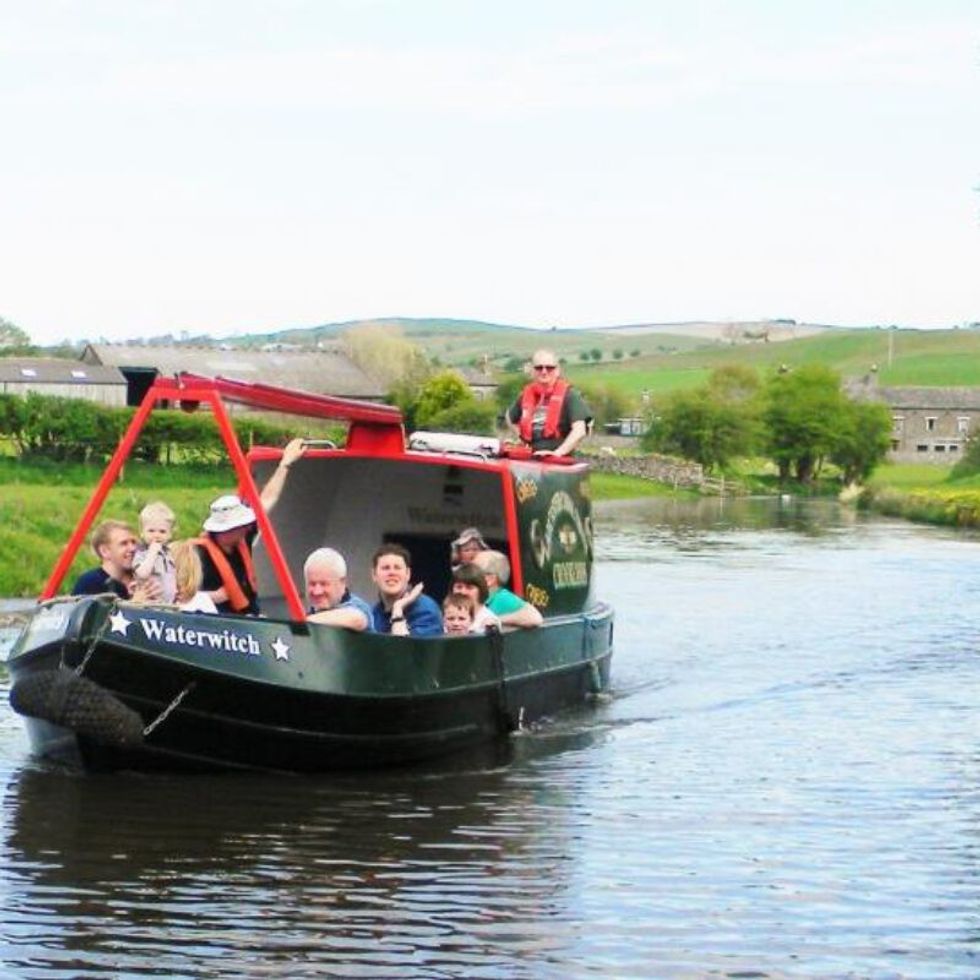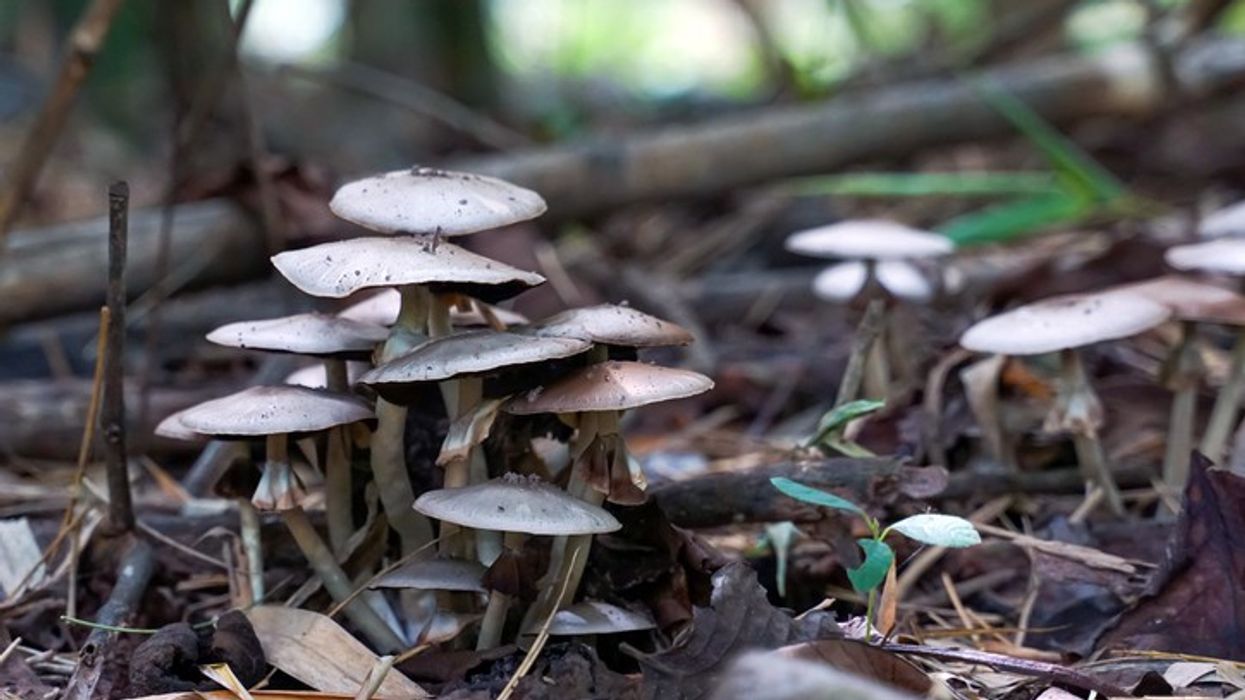masaya’s magma Lake ‘unique in The world’
CENTURIES ago, a native Central American people terrified of a witch believed to live deep in the earth used to sacrifice children and young women to Nicaragua’s Masaya volcano.
Today, the crater southwest of the capital Managua is an international tourist magnet, where photograph- snapping visitors scramble among sulfurous fumes to get views of its bubbling lavaa rare sight.
The only volcanoes in the world to boast lakes of incandescent magma are Masaya, Hawaii’s Kilauea and Nyiragongo in the Democratic Republic of Congo, explained a Nicaraguan geographer and environmentalist, Jaime Incer.
“It’s something extraordinary, unique in the world,” said Noheli Pravia, a French visitor filming the scene which has happened every 20 to 25 years since 1902.
The red-hot liquid performs an agitated ballet for the spectators, with a cloud of white smoke filling the active crater, whose name is Santiago.
The Masaya volcano is located in the most populated part of Nicaragua’s Pacific coastal stretch and is inside a nature reserve of some 50 sq km (20 sq miles), where vast fields of petrified lava contrast with the white flowers of frangipanis.
The 400 metre (1,300-ft) high volcano was formed 5,000 years ago, and its activity has intensified in the past six months.
“This is the first time I’ve seen something like this – it’s really impressive,” said Mijaela Cuba, an Austrian nurse, speaking in a spot above the waves of lava.
She was one of 4,000 tourists whom the Nicaraguan government has given permission to edge close to the crater’s edge in the past two weeks. Each visit is limited to just a few minutes be- cause of the risk from the toxic gases.
The only signs of life in the walls of the crater, that go down hundreds of metres, are green parrots and bats.
Masaya has erupted twice in recorded history: in 1670 and 1772, scaring the Spanish conquistadors.
“It is a maw of fire that never ceases to burn,” the first governor of the region, Pedrarias Davila, wrote to the king of Spain in 1525.
One monk, Francisco de Bobadilla, even considered it to be the gate to hell and erected a big cross on the edge of the crater.
The pre-Columbian people who lived in the area believed that a subterranean witch they called Chalchihuehe lived inside, and they sacrificed young innocent lives to try to appease her.
According to Incer, the risk now is that if the lava keeps rising higher inside the volcano each time it appears, a new eruption could occur within the next 150 years on the scale of the one in 1772. It reached as far as 30 km away, where Nicaragua’s international airport today stands. (AFP)





 Natural beauty and architectural splendourGetty
Natural beauty and architectural splendourGetty Peaceful waters and stone-built aqueductsLancaster Canal Trust
Peaceful waters and stone-built aqueductsLancaster Canal Trust










 Diljit Dosanjh and Prabal Gurung attend the 2025 Met GalaGetty Images
Diljit Dosanjh and Prabal Gurung attend the 2025 Met GalaGetty Images 
 Firoza and RupaliTom Bradley
Firoza and RupaliTom Bradley

